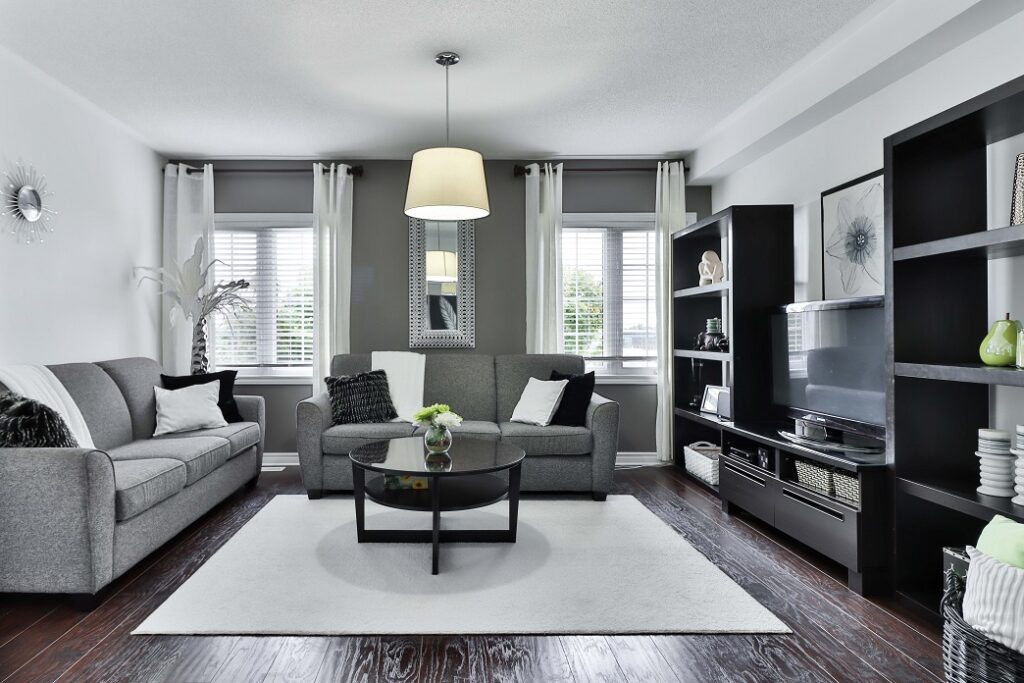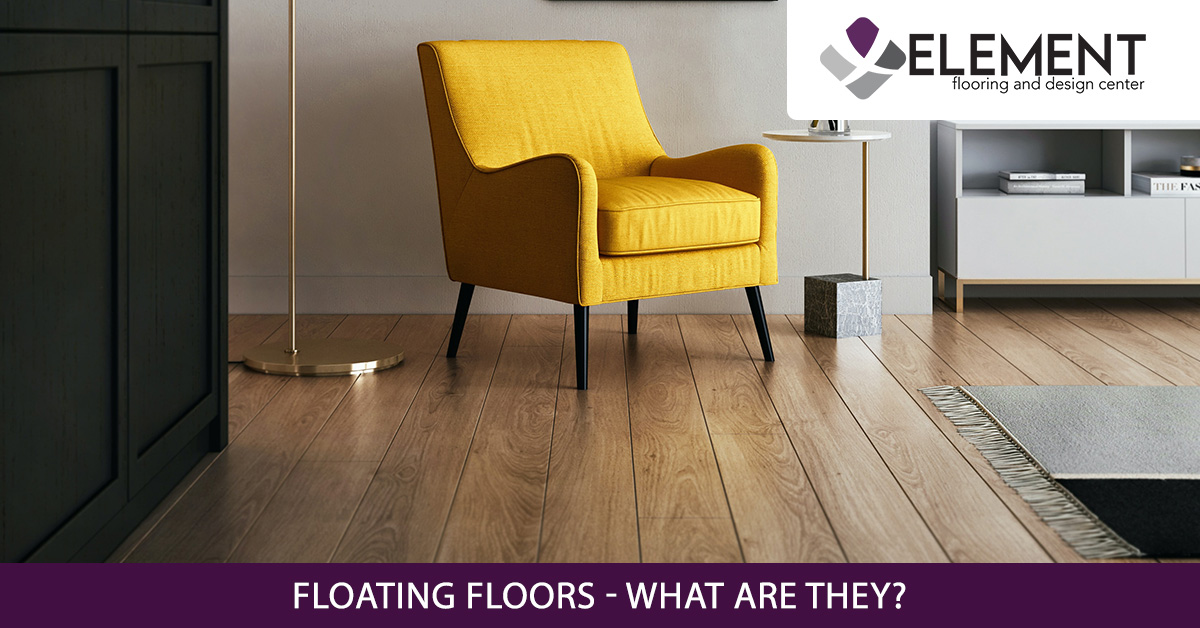This may be somewhat of an industry term, but we’re glad we can share with you everything important about this amazing type of flooring! Floating floors are called this because they “float” above their base.
Traditional flooring uses powerful glues or nails to keep the floor firmly in place and grounded. While this is good for stability, it can be problematic for homes or rooms with a high degree of humidity or regular exposure to water, such as a kitchen.

Floating floors are made up of tiles or planks which lock together along the edge of each piece. This is not only a unique approach to flooring, but also quite a technologically advanced one. Once all the pieces are locked in place, they expand to fit the entirety of the space. This creates a seamless floor with no cracks. If the floor ever needs to be replaced or removed, the process is much simpler without the need for glues and nails! Below, we’ll discuss a few of the most popular and successful floating floor styles.
TYPES OF FLOATING FLOORS
ENGINEERED HARDWOOD
This type of floating floor is as close as it gets to true, solid hardwood. The entire top layer is a real hardwood veneer that can even be refinished once or perhaps twice over its lifetime. While some varieties are nailed down to a plywood subfloor, this is not always the case. There are certain varieties that float just like LVP or laminate.
LVP
Luxury Vinyl Planks, or sometimes also known as Luxury Vinyl Flooring, are an excellent example of a floating floor. These easily snap together just like their laminate flooring cousins. LVP typically comes with tiny tongue and groove features on the sides of each plank. They can come in both flexible and rigid varieties.
LAMINATE TILES
This is a durable, affordable, stylish, and easy-to-install form of a floating floor. These are manufactured with usually three to five layers. Their high-quality design layer is topped with a clear durable layer to prevent most scratches and spills.
LAMINATE PLANKS
Virtually identical to laminate tiles, laminate planks operate off the same base concept. The primary difference is that it is made to look like wood. Under their extremely durable clear top layer, laminate planks have a photo-realistic design layer made to look almost identical to hardwood.
VINYL TILES
Vinyl tiles perform and behave similarly to laminate tiles. The primary difference is that they will have a slightly different texture and feel than laminate tiles. They come in a wide variety of styles and shapes, but these vinyl tiles all have the common feature of locking together to create a floating floor.
INSTALLATION OF FLOATING FLOORS
The installation of floating floors is fairly simple, especially when compared with the installation of solid hardwood floors. We do recommend having them professionally installed if you have little or no prior experience with flooring, as they can be a bit tricky to set up just right. Contact our office today in Fort Collins and we’ll happily help you select an amazing floating floor option for your home. Our seasoned professionals can even flawlessly install it for you!
